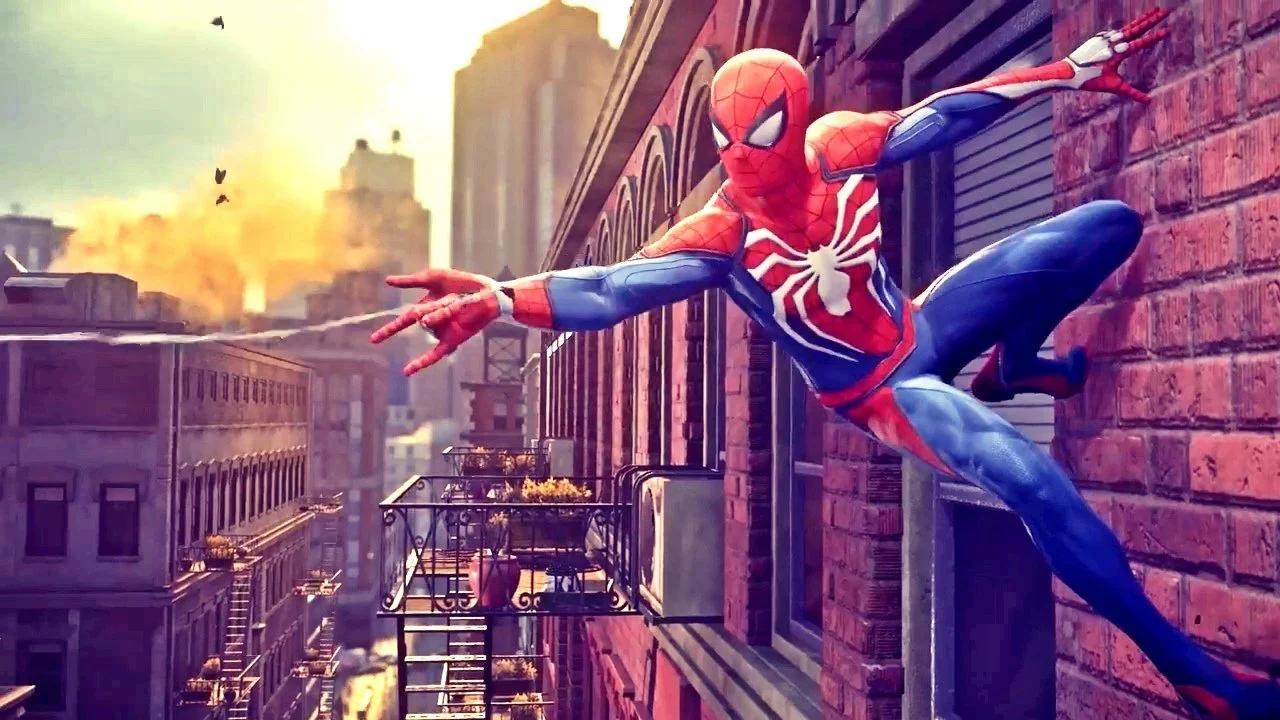Do You Know How Spider-Man’s Webslinger Works?
From Miles Morales to the multitude of Peter Parkers, everyone’s friendly neighborhood Spider-Man wouldn’t really be Spider-Man without many of his iconic powers and gadgets. One of the things that are different, yet the same for all of the various incarnations, as was highlighted in Spider-Man: No Way Home, is Spidey’s primary weapon and mode of travel: web-shooters. The following paragraphs will offer a brief explanation of the two main methods of web-slinging, followed by a quick look at some of the more (or less) impressive variations seen over the years.
While having nearly countless variations of its own, by far the most common method for web-shooting and web-slinging is achieved via chemistry and technology. From models that reveal a dumpster-dive level of low-budget tech (as found in some of the television series’) to the latest flashy nano-technology provided by Stark Industries in the latest MCU installments, the basic design and operation of web-slingers have more or less the same core structure. The typical web-slingers contain two tiny high-pressure canisters full of a “shear-thinning” web fluid, of Spider-Man’s own invention, that are worn at the wrist that release a chemical web by using two fingers to press a switch of some sort located near the palm. In the basic version, the web material typically lasts around an hour.
RELATED:
The second method, which is much rarer, is entirely organic in nature. A handful of Spider-Men, including Toby Maguire's variation in Spider-Man (2002), develop either spinnerets or specialized pores near the wrist that shoot out a line of webbing with a simple motion of the hand. While certainly less versatile than the upgradeable technological marvels, you have to admit there is something of a “cool factor” in the biological method when even the other Spider-Men (Tom Holland and Andrew Garfield’s respective versions) are impressed and fully side-tracked by their curiosity on just how it works. Also, as an added perk, there’s less danger of running out of web fluid when you don’t have to pack around refills.
Moving on to the best and worst versions, we’ll start with the best organic version. This upgrade is seen in the Miles Morales version of Spider-Man. In addition to a couple of other unique abilities, this Spiderman comes equipped with a power called “venom strike.” Like most of Spider-Man’s tools, this power is designed as a non-lethal option to incapacitate its target. While it might be argued that this power can be used at a touch and thus isn’t really a web upgrade, however, as the power can be transmitted along the webbing material to be used at range, I think it is appropriate to be included here.
Taking a look at the best upgrades to the technology-based shooters is a more daunting task based on the sheer number of variants. That being said, the two best upgrades that I think exist are both thanks to others in the MCU. The first game changer was increasing the duration of the webbing. Thanks to Doctor Octavius and some body-switching shenanigans, at least one version of Peter Parker had access to a much more stable formula that allowed the webs to stick around for a full 8-hour shift rather than the original 1-hour formula. The second upgrade that completely changed the nature of web-shooters is thanks to Tony Stark. Utilizing the most cutting-edge technology, Stark Industries provided shooters capable of producing webs that could ricochet, split, apply trackers to opponents, and even act as a taser if necessary.
To wrap up the article, we will take a look at what I think is the absolute worst web-shooter variation. For those of you who might not know, back In the late 1970s, Spider-Man had his very own Japanese television show. It featured all of the campiness that one would expect for the time period as well as the worst web-shooter. The device in question is the most inferior version for several reasons. First, there was only one. As far as I know, every other Spider-Man with a web-shooter has at least two, one for each hand. Secondly, it’s aesthetically hideous. With the device looking more like an industrial restraint than a sleek web shooter and its limitation of being a singular device rather than a set, I think it's the worst web shooter, hands-down.
READ NEXT:



